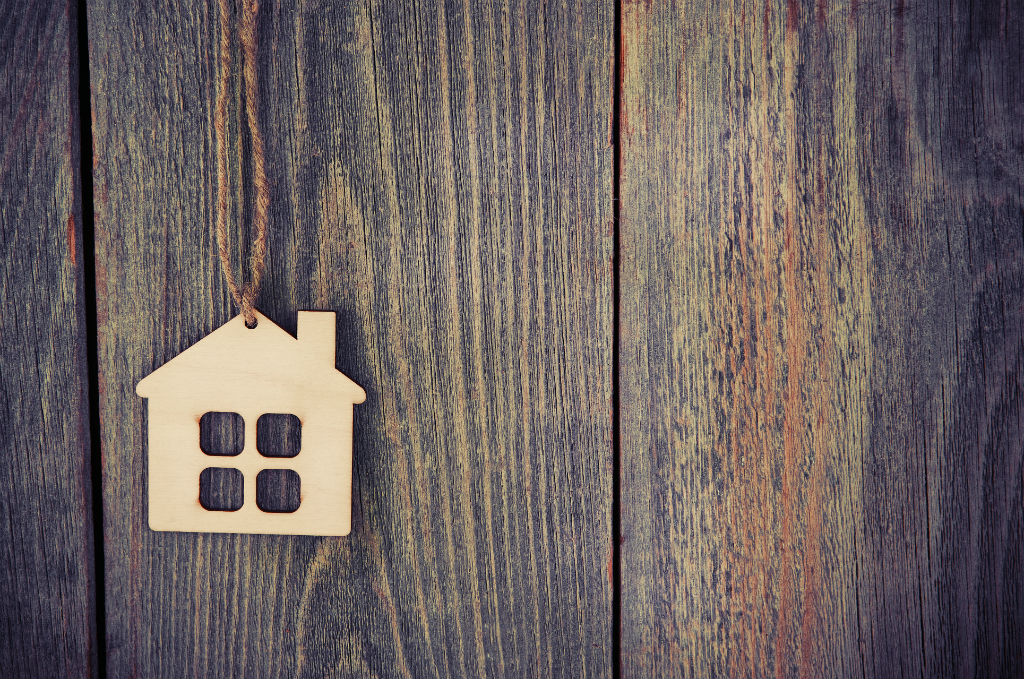On any given night in Australia, there are 116,000 people who are considered homeless. That’s about 50 homeless persons for every 10,000 people. And the rate of homelessness is only increasing – up 4.6 per cent in five years according the the latest data from the 2016 Census.
But what does it actually mean to be homeless?
The very word ‘homelessness’ conjures an image that alludes to sleeping rough. But in reality, this vision represents only about seven per cent of the homeless population.
While there’s no internationally recognised common definition of homelessness, in Australia our federal law defines it as ‘inadequate access to safe and secure housing’.
This includes where the only housing available to a person is likely to damage their health or threatens their safety, or perhaps marginalises them by failing to provide access to adequate personal amenities or the normal economic and social support of a home. It also includes where it may place them in circumstances that threaten or adversely affect the adequacy, safety, security and affordability of that housing.
What this doesn’t include is the multitude of people who are ‘sleeping rough’, which often involves people moving between friends and families houses in search of a safe night’s sleep.
The Australian Bureau of Statistics (ABS) offers further insight to understand the complexities and help show how homelessness can affect people in different ways, depending on their own personal situations and needs.
To better understand homelessness in its various forms and what it looks like and what those people are experiencing, they’ve created three specific categories to specify the details and differences – primary, secondary and tertiary homelessness.
“Primary homelessness” includes those living on the streets, in parks, under bridges, in deserted buildings or improvised dwellings – or being ‘roofless’ or ‘sleeping out’ as it’s sometimes called. This is the most visible kind of homeless, but is the smallest statistic.
“Secondary homelessness” refers to people who are moving between various types of temporary shelters. This includes emergency accommodation, refuges and hostels, bunking with friends and relatives, and living in a boarding house on a long-term basis with shared amenities and no secure tenure.
And “tertiary homelessness” – people who are living in single rooms in private boarding houses without their own bathroom and kitchen, and no secure tenure.
It is important to recognise that all of these forms or levels of homelessness involve a group of people who are in need of safe and secure housing in order to get back on their feet and have the basic human right of shelter.
The Lady Musgrave Trust helps by focusing specifically on women and children’s homelessness throughout Queensland. We provide young women up to the age of 30 with low cost accommodation and support services in our portfolio in Brisbane and Ipswich. We also create and distribute The Handy Guide for Homeless Women and host a unique Annual Forum focused on women and homelessness.
As Queensland’s oldest charity, The Lady Musgrave Trust is committed to making a difference in the lives of those who find themselves homeless and in need at difficult times in their life.
